
Why Are Asymmetrical Watches So Hot Right Now?
From Cartier Crash to the new Audemars Piguet [Re]Master02 and brutalism-inspired Toledano & Chan B/1, asymmetrical watches are having a moment
Over the last few months, we've seen a wave of new, non-linear watch releases that have surprised and delighted us because they've broken the mould of the conventional round case. Audemars Piguet honoured an obscure 1960 model with the [Re]Master02, and Sylvain Berneron's surreally off-centre Mirage has been winning legions of fans. Add to that newcomer brands Toledano & Chan and Anoma's entries into the asymmetrical watch category, and it's reasonable to ask — why are asymmetrical watches so hot right now?
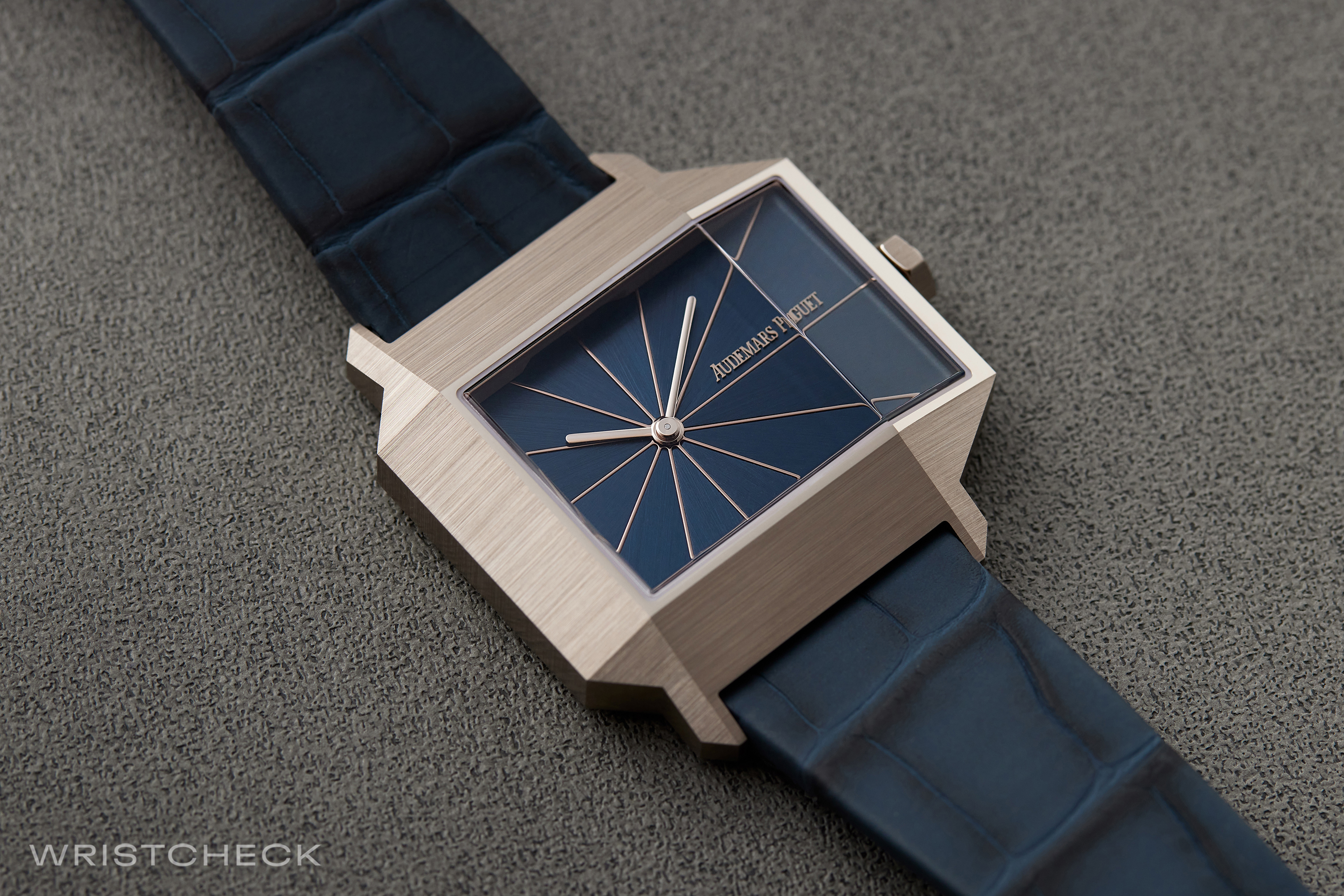
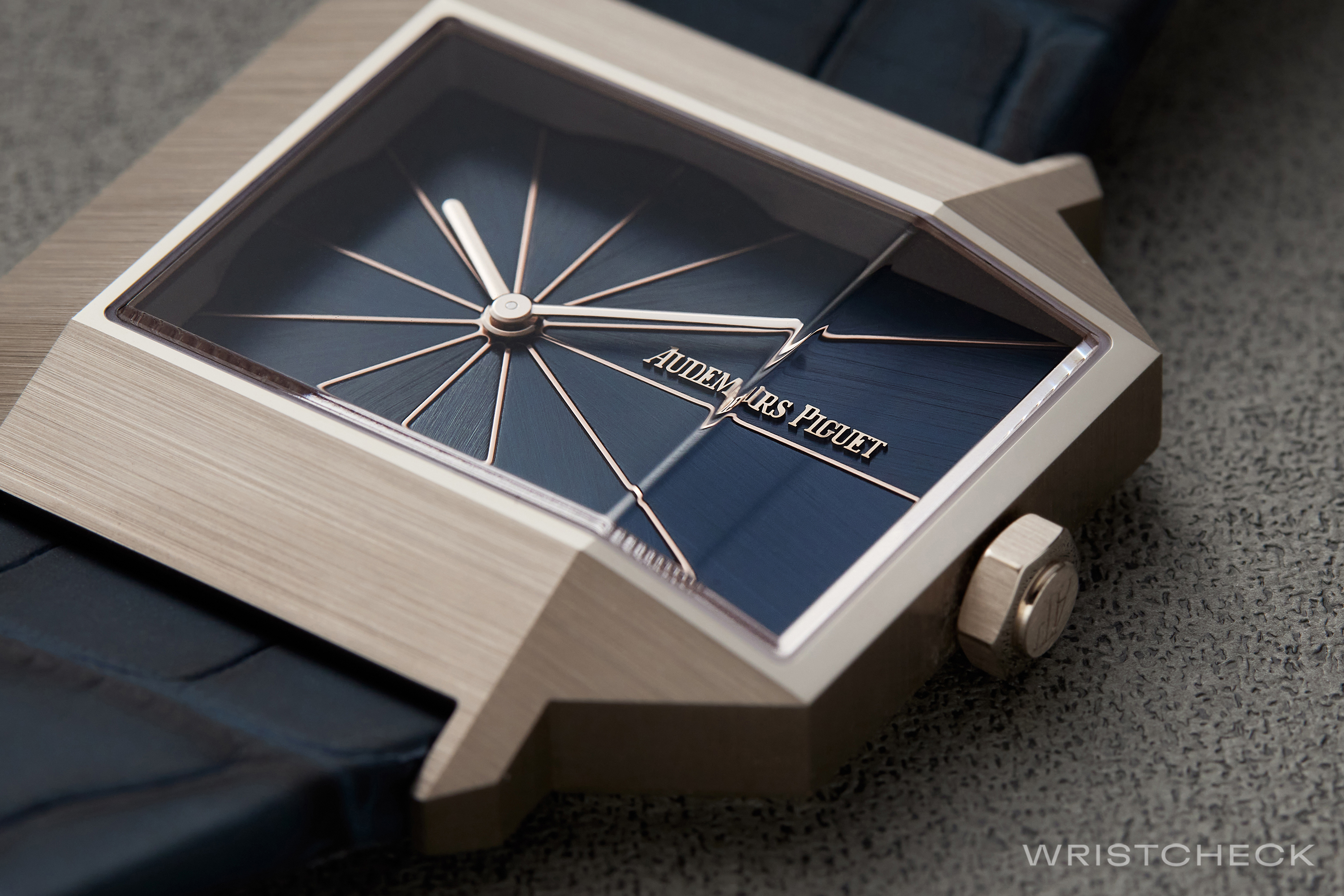
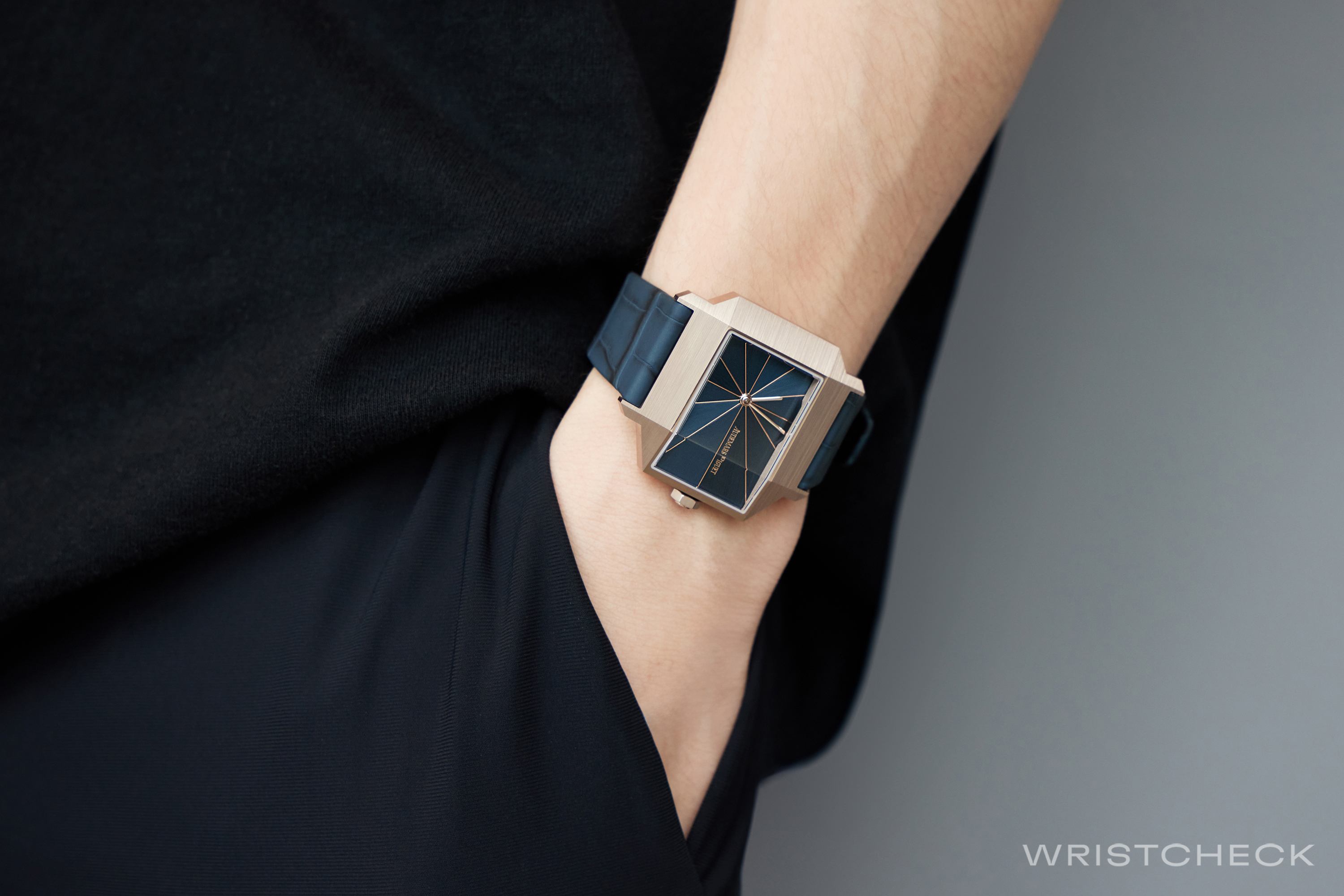
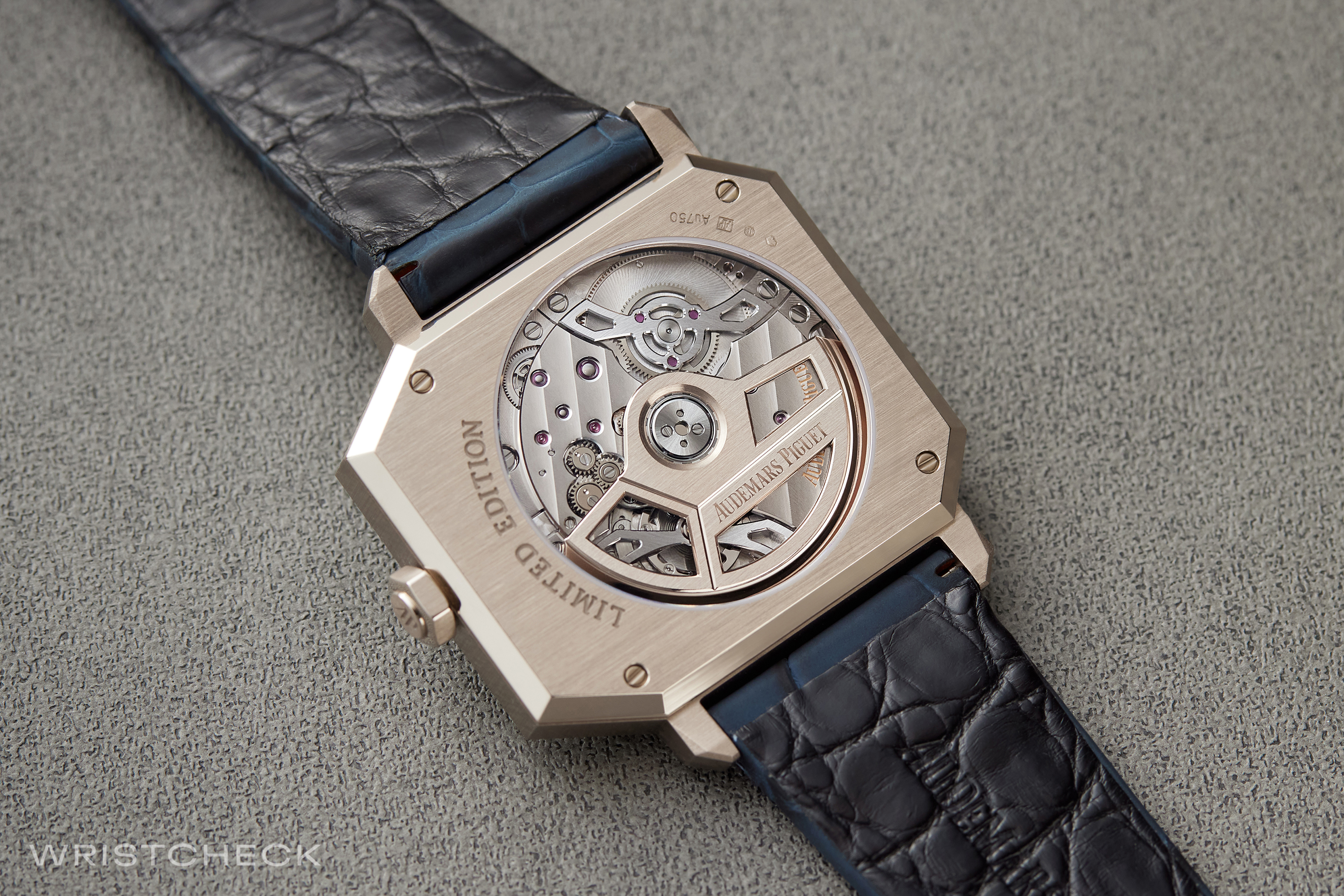
We've always had asymmetrical watches, but until quite recently, they were way off in the fringes of watch collecting, the domain of specialist design-focused collectors. So, why are they suddenly front and centre? The simplest answer is easy — the Cartier Crash. The Crash has been around for a long time (it debuted in 1967), and has always been desired by those in the know for its uniqueness and sheer rarity. Production increased with a series of small limited editions throughout the 1990s, keeping the mystique around the model strong. It started garnering more attention throughout the 2010s, as interest in Cartier and vintage-inspired watchmaking grew. In 2020, though, the Crash went stratospheric on the pre-owned market, fuelled by new additions to the collection and the watch appearing on celebrity wrists. The easiest explanation for the renewed interest in mid-century-inspired asymmetrical watches is the trickle-down effect of the Crash. But, of course, it's not that simple. Noted collecter of shaped watches, Roni Madhvani thinks that attributing the movement solely to the Crash is an oversimplification. "As a collector of design-inspired watches for over thirty years, I feel, this category has certainly been on the back burner of mainstream collectors. I believe the awakening to this genre commenced a couple of years before the "Crash effect", picking up during lockdown, and it was certainly fast-tracked by the celebrity endorsement of the Crash. This observation is based on the traffic and interactions I've had on my Instagram account. Bear in mind in 2018, when the London Crash was launched, these were readily available for sale from the London Boutique without any drama. I recall telling friends they should get one!"
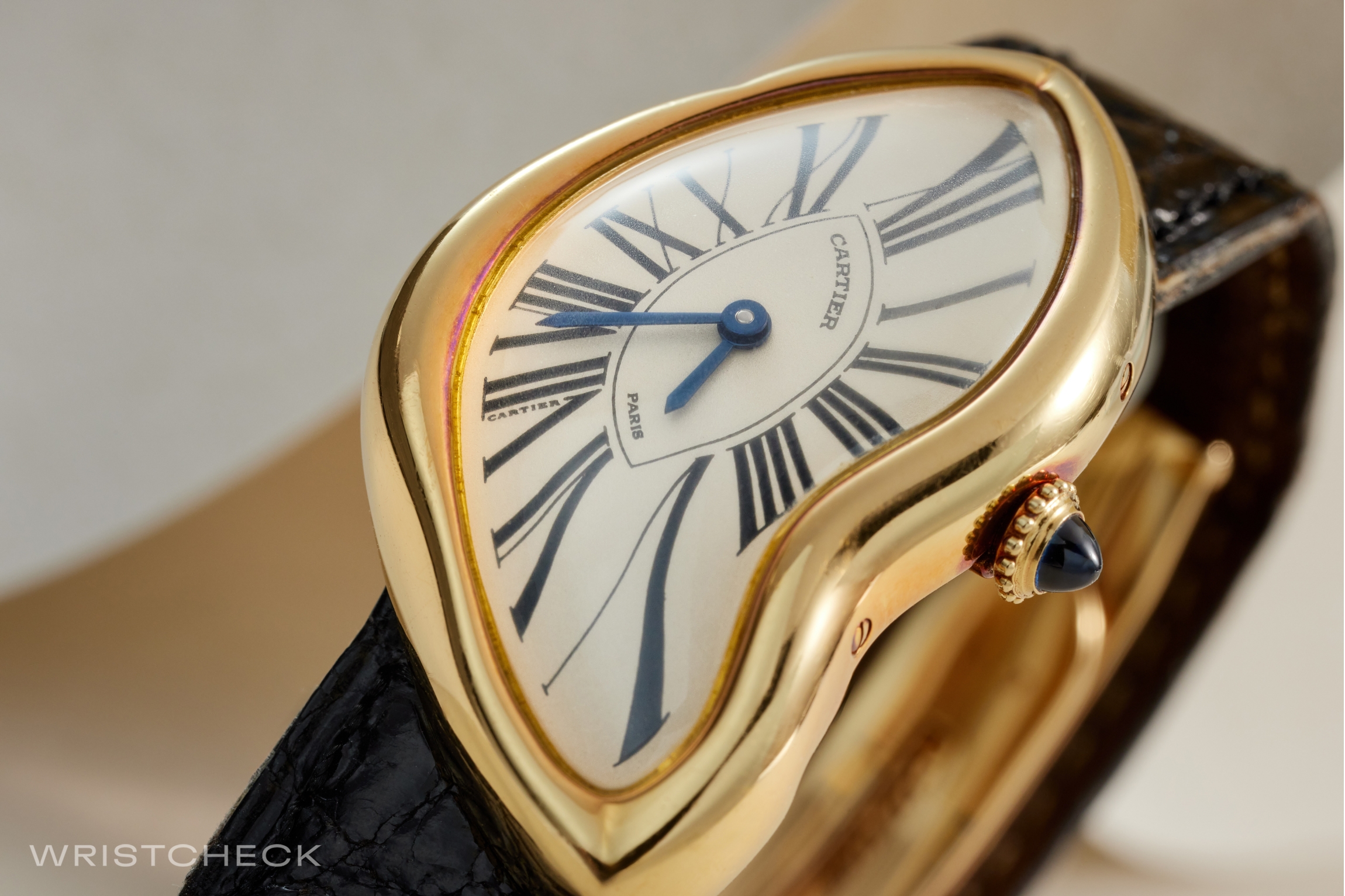
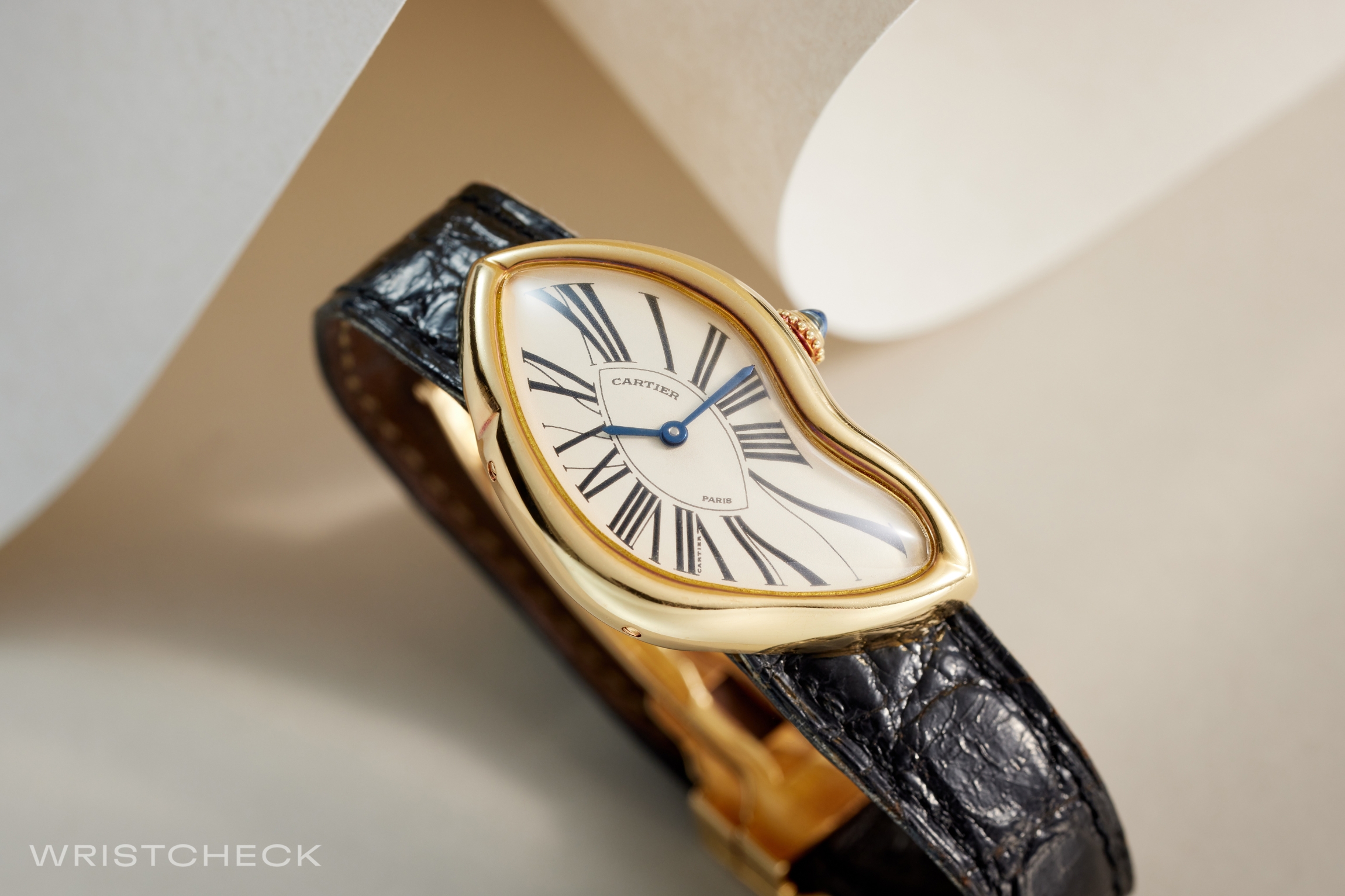
"We've seen a decade of the ‘steel sports watch’ supremacy, and by now, almost all collectors fulfilled their need for one of these pieces, so now the community is finally moving over to other things, and I have the feeling that we see a shift in general taste when it comes to watches."
Today, one does not simply walk into Cartier and acquire a Crash, as sky-high demand has turned the model into unobtanium, and other examples of vintage shaped watches are becoming increasingly hard to find. Thankfully, there's now a wave of newly created asymmetrical pieces to inspire and delight. One of the most noteworthy new models is ex-Breitling designer Sylvain Berneron's debut watch, the Mirage. Officially launched in late 2023, this limited and intensely bespoke creation is built around an asymmetrical calibre and looks like it could have come straight from a Salvador Dali painting — even the fonts are asymmetrical.

We asked the man behind the Mirage why this style of watch was experiencing such a seemingly sudden interest and what it meant for the market more broadly. Berneron explains: "We've seen a decade of the 'steel sports watch' supremacy, and by now, almost all collectors fulfilled their need for one of these pieces, so now the community is finally moving over to other things, and I have the feeling that we see a shift in general taste when it comes to watches. That being said, I think that not just asymmetrical designs but creativity in general will make a huge comeback."
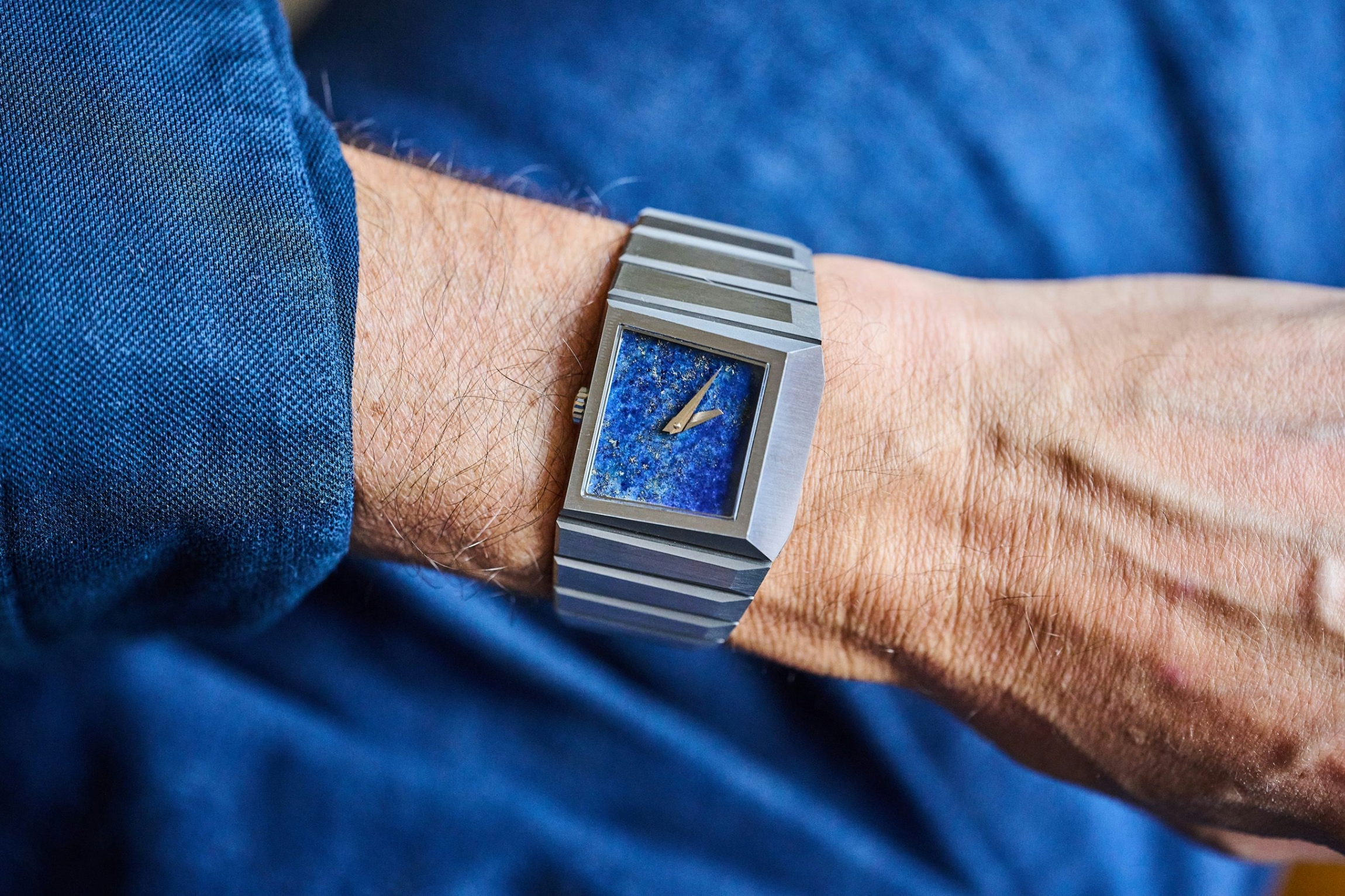
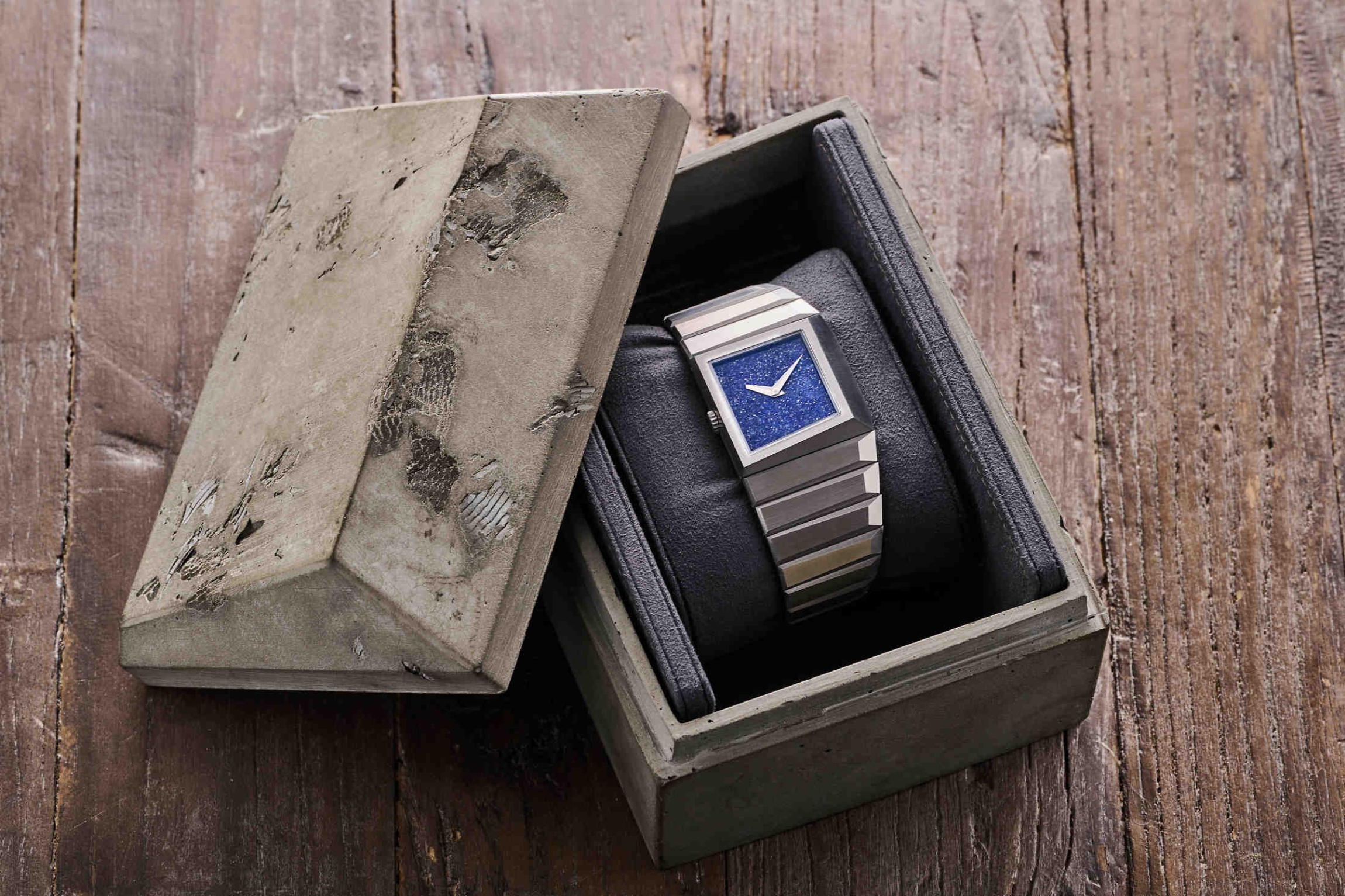
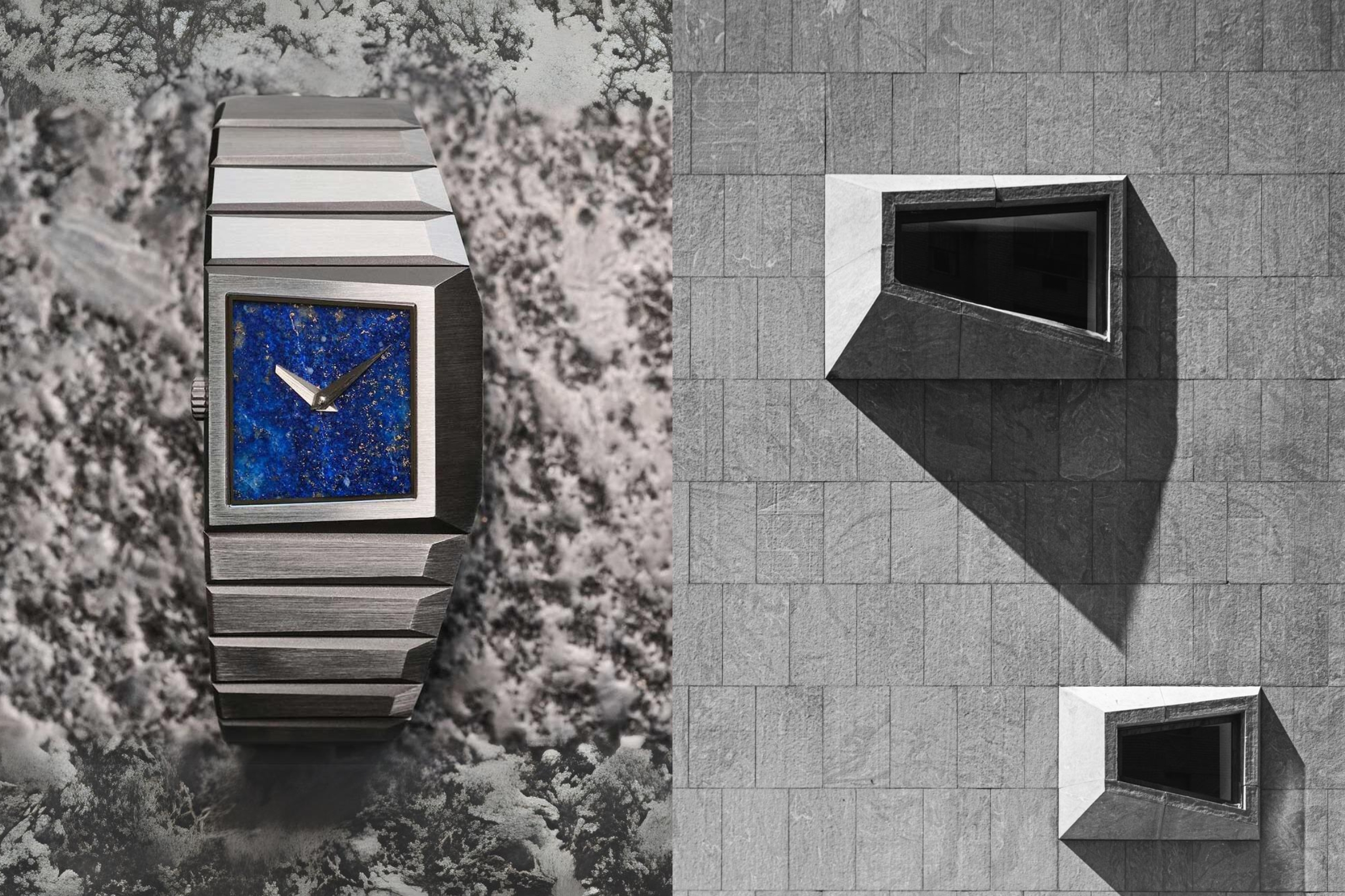
This spirit of creativity is certainly alive and well among more accessibly priced watches, too, with newcomers Anoma and Toledano & Chan using historical design inspiration combined with increasingly sophisticated offerings from global manufacturers to create designs that deviate from your regular round watch. Phil Toledano, the effervescent, Instagram-friendly face of Toledano & Chan is upfront about the inspiration for the aggressively angular B/1, citing a broad love of integrated 70s designs in general, especially the Rolex Midas more, but the direct inspiration came from an unlikely source — a single window on legendary brutalist architect Marcel Breuer's Whitney Museum. As to the appeal of asymmetry compared to more conventional shapes, Toledano is positive about the state of the industry: "While I'm not sure why asymmetrical watches are suddenly en vogue, I like to think that perhaps its a return of imagination and courage, both from the people who make watches, and those who buy them. I can't speak for the people, but there's definitely more interest in shape and design."
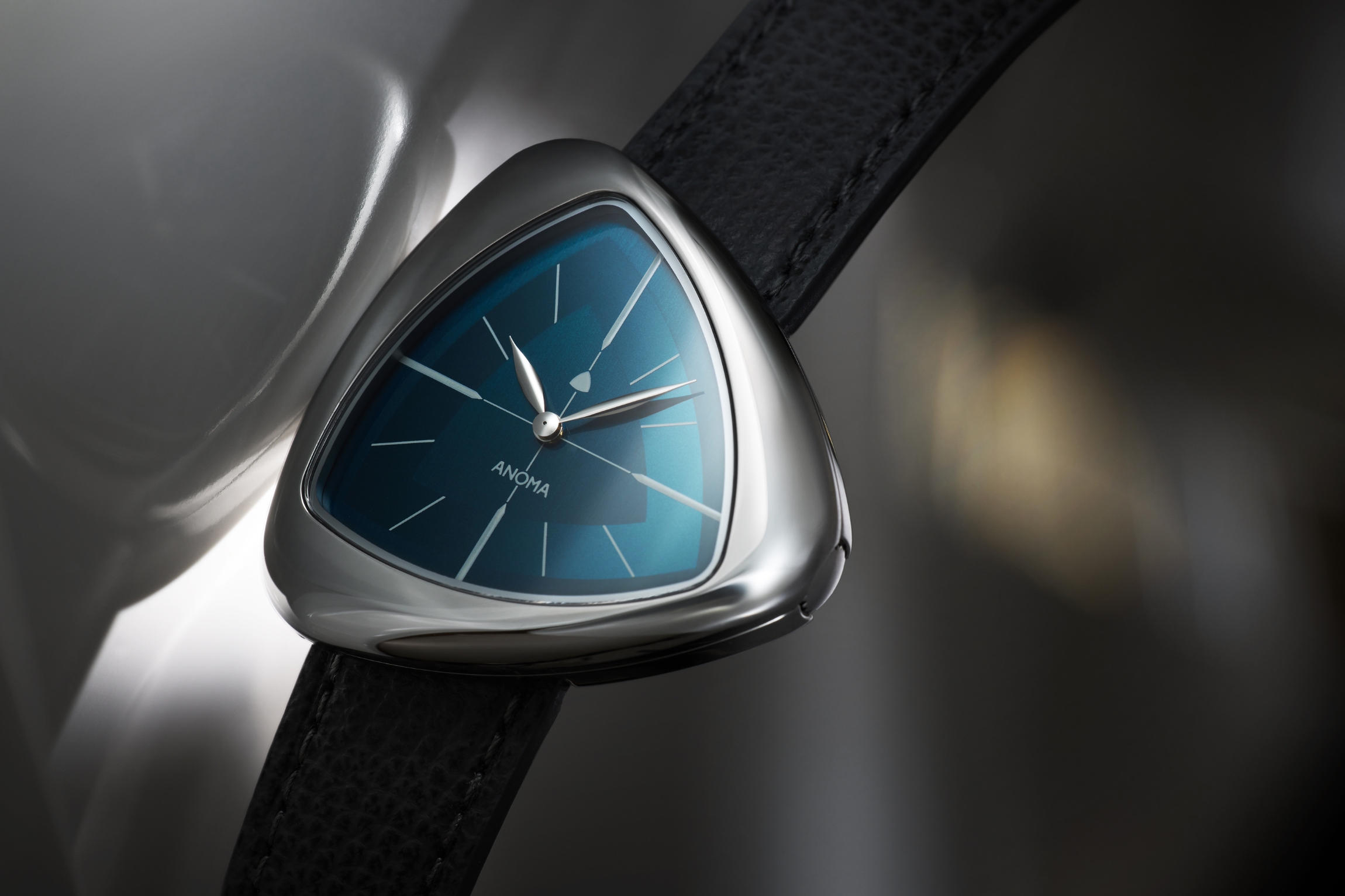
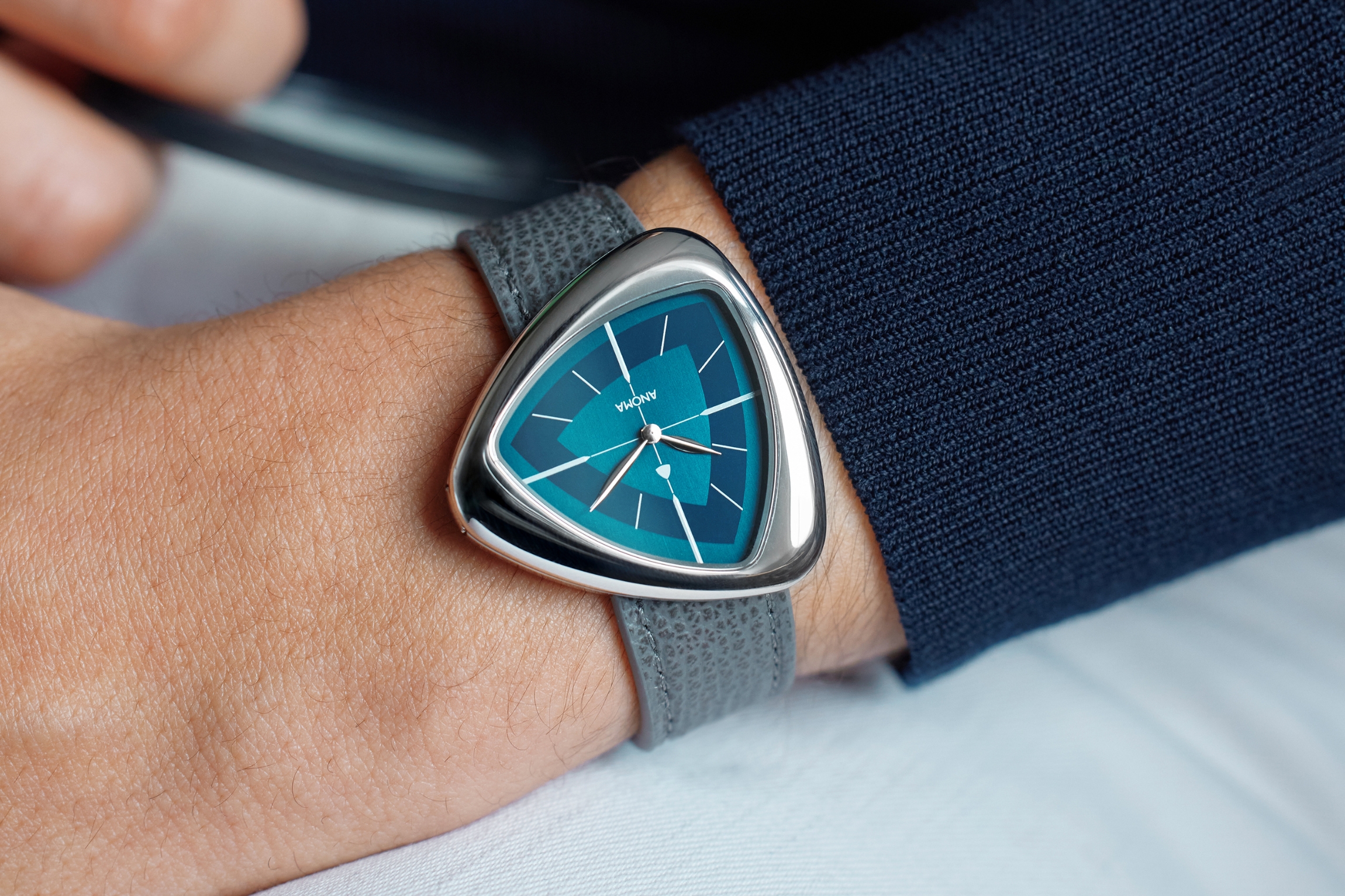
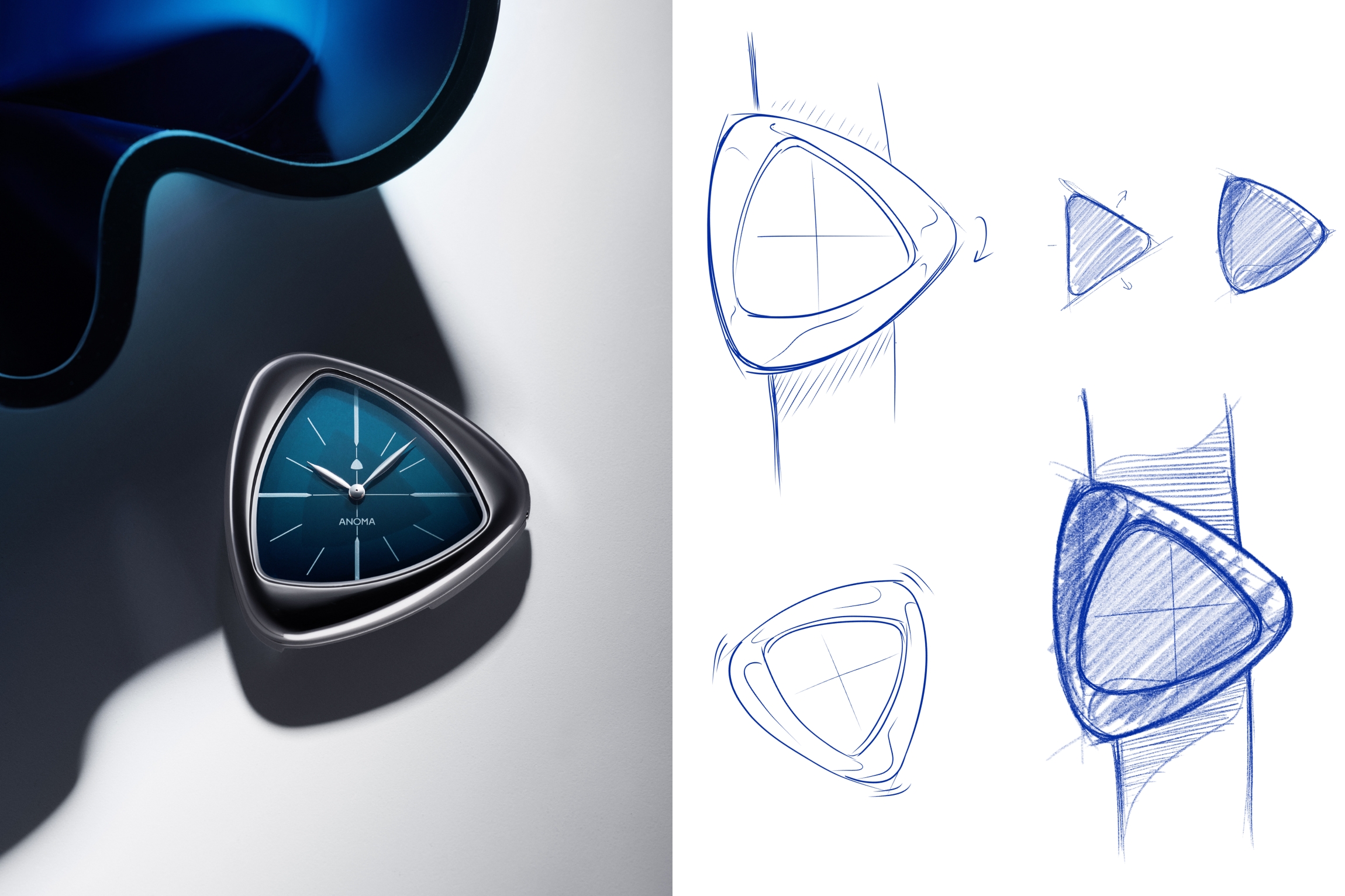
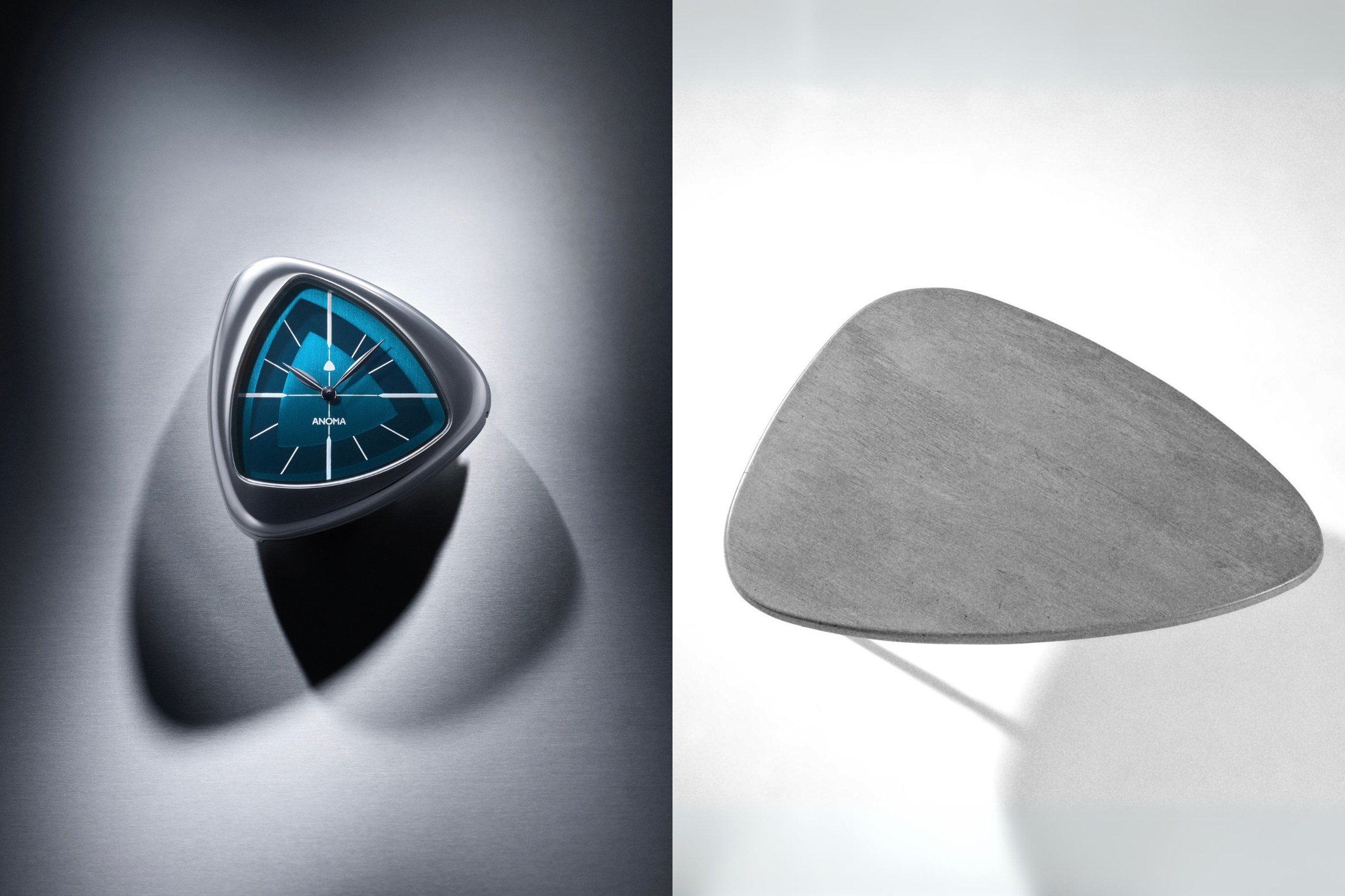
“I believe the awakening to this genre commenced a couple of years before the 'Crash effect', picking up during lockdown, and it was certainly fast-tracked by the celebrity endorsement of the Crash.”
Of course, along with more interesting shapes and intricate designs, comes complication. Matteo Vianello of Anoma, who recently launched their free-form-inspired A1, notes that going outside the norm of watch design leads to some challenges. "A lot of the conventional rules of watch design need to be reassessed, including case construction, strap integration, crown positioning, and how the watch sits on the wrist. You need to develop an innovative approach to these elements while achieving a coherent design. One key challenge is fitting a mechanical movement into the watch, as few movements are small or thin enough for shaped designs. Even with available options, you must make micro-millimetre adjustments to ensure the design feels as effortless and refined as possible." Berneron solved this problem by designing a bespoke calibre for the Mirage, but for Anoma and Toledano & Chan, an automatic Sellita is the most effective option at the moment. This mechanical imperative does put some limitations on what's realistically possible for design-led watches and is one of the historical reasons why small and slender quartz movements have played an important role in these watches historically.
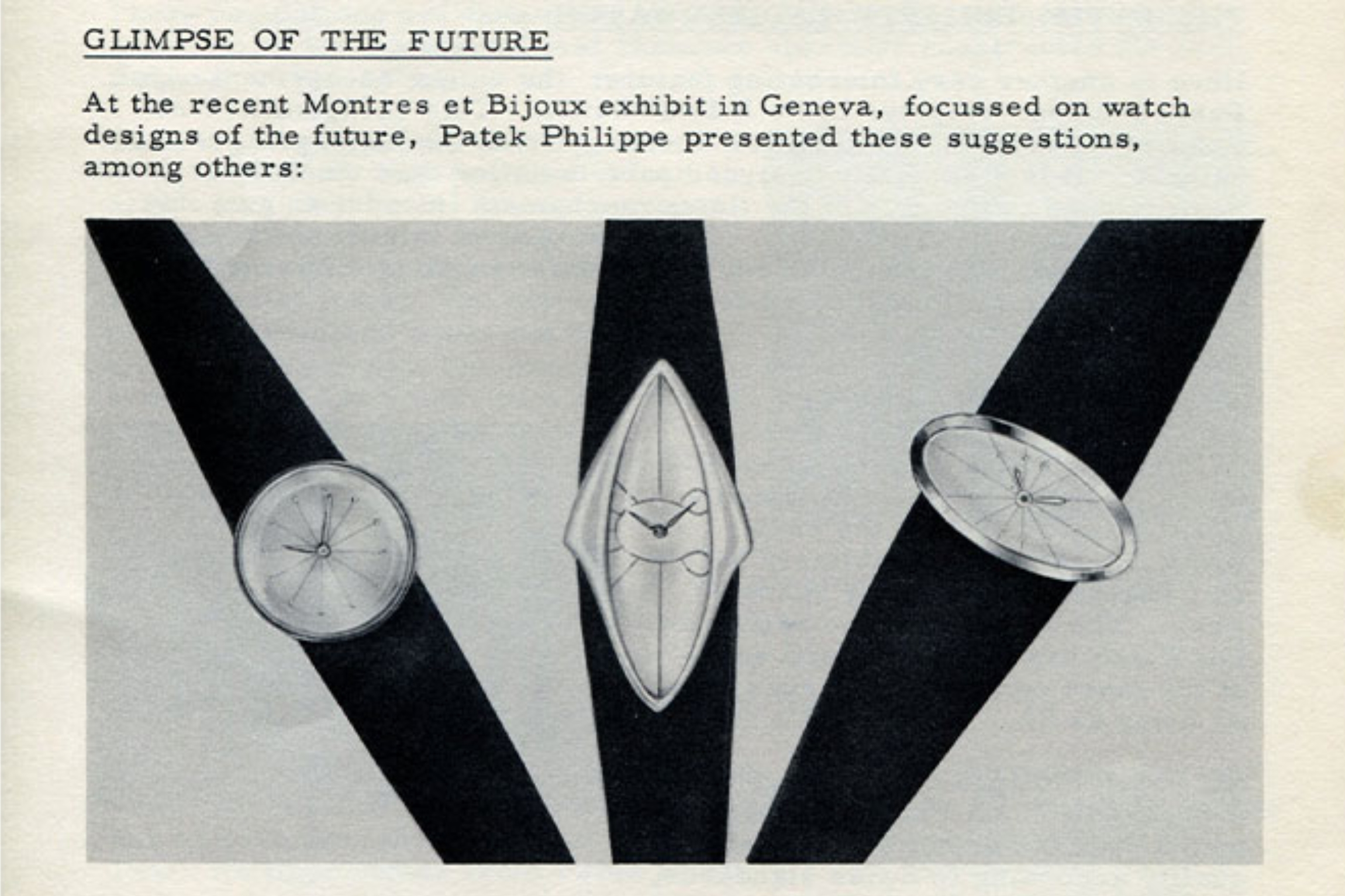
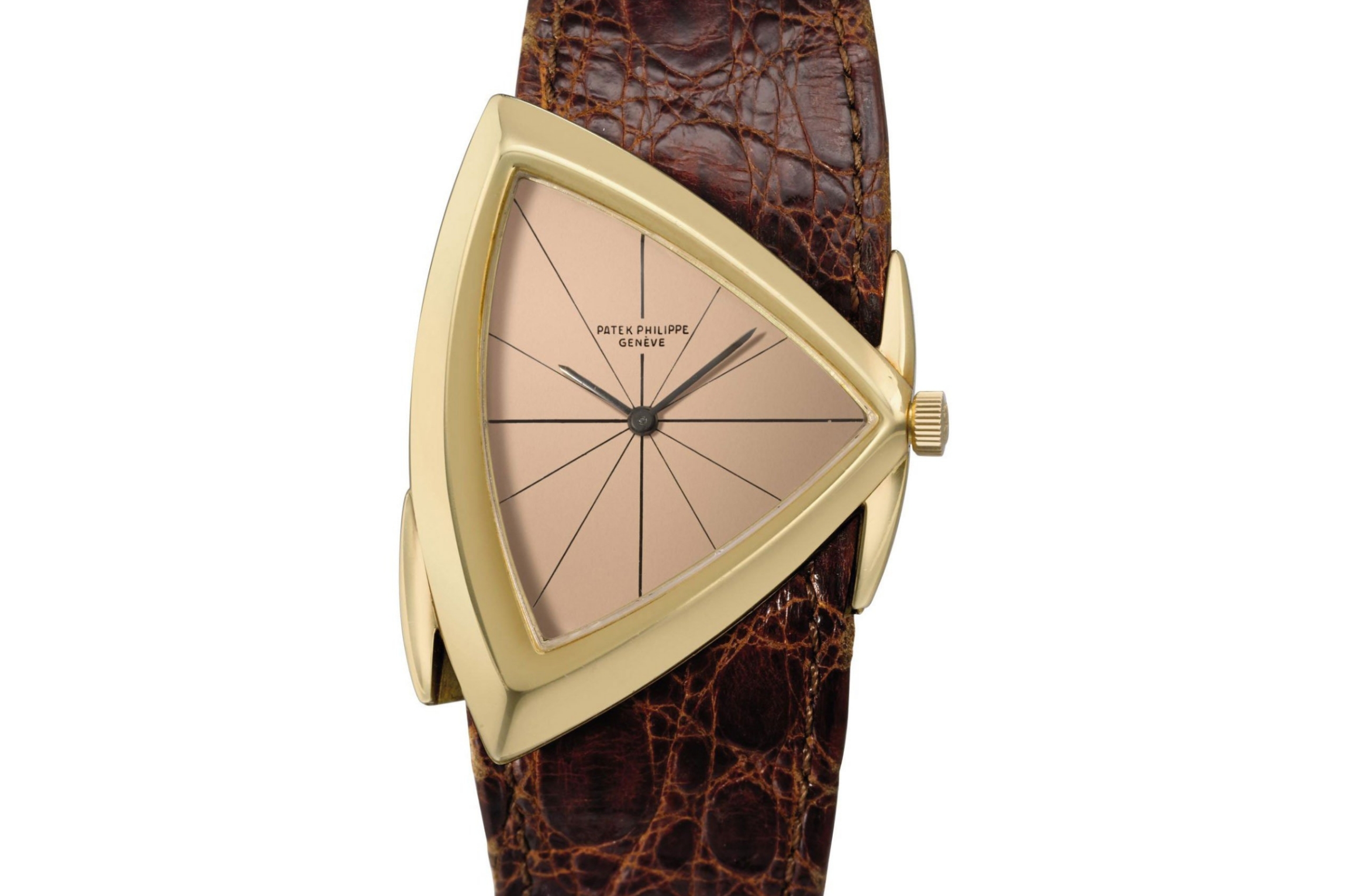
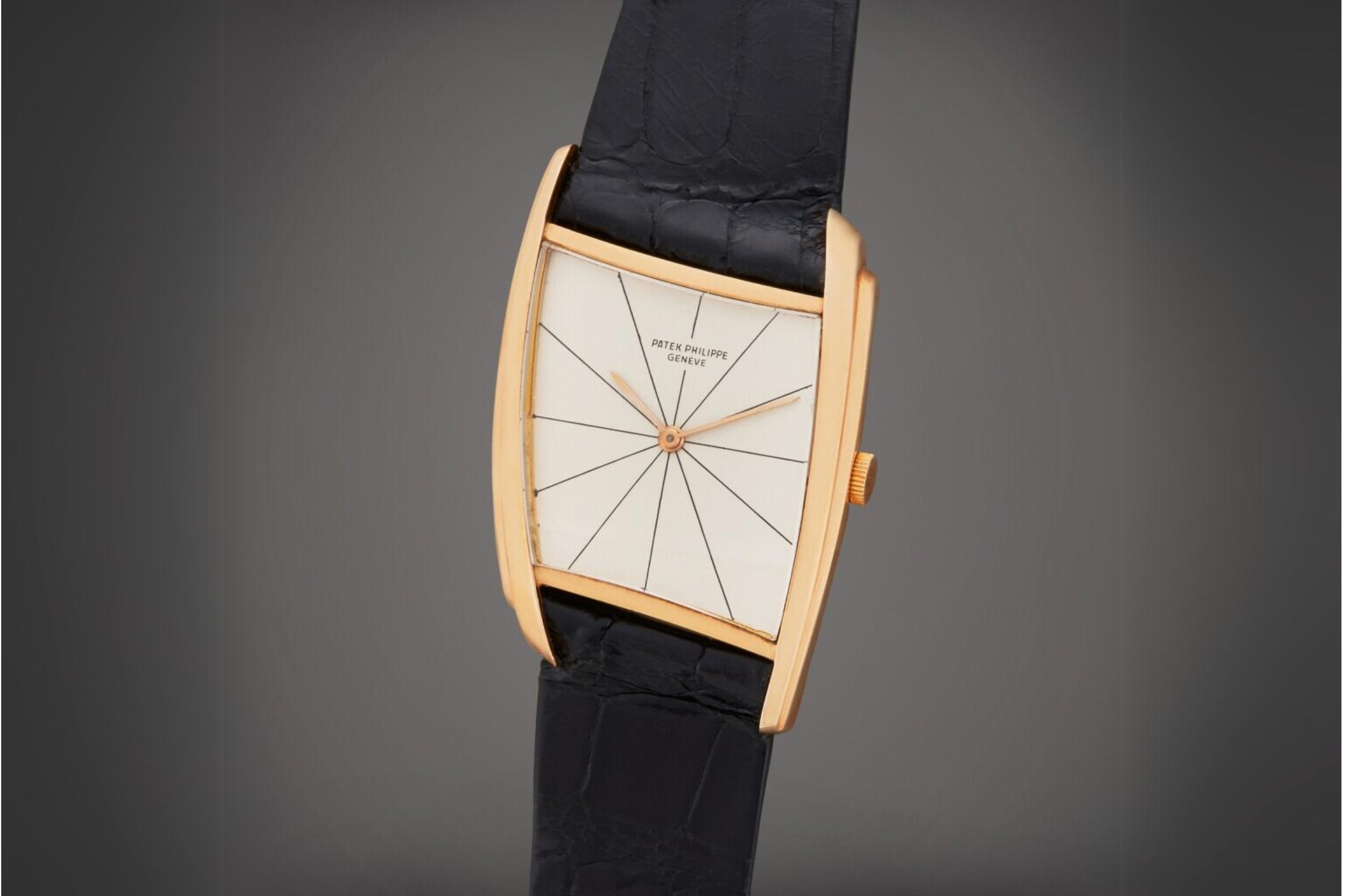
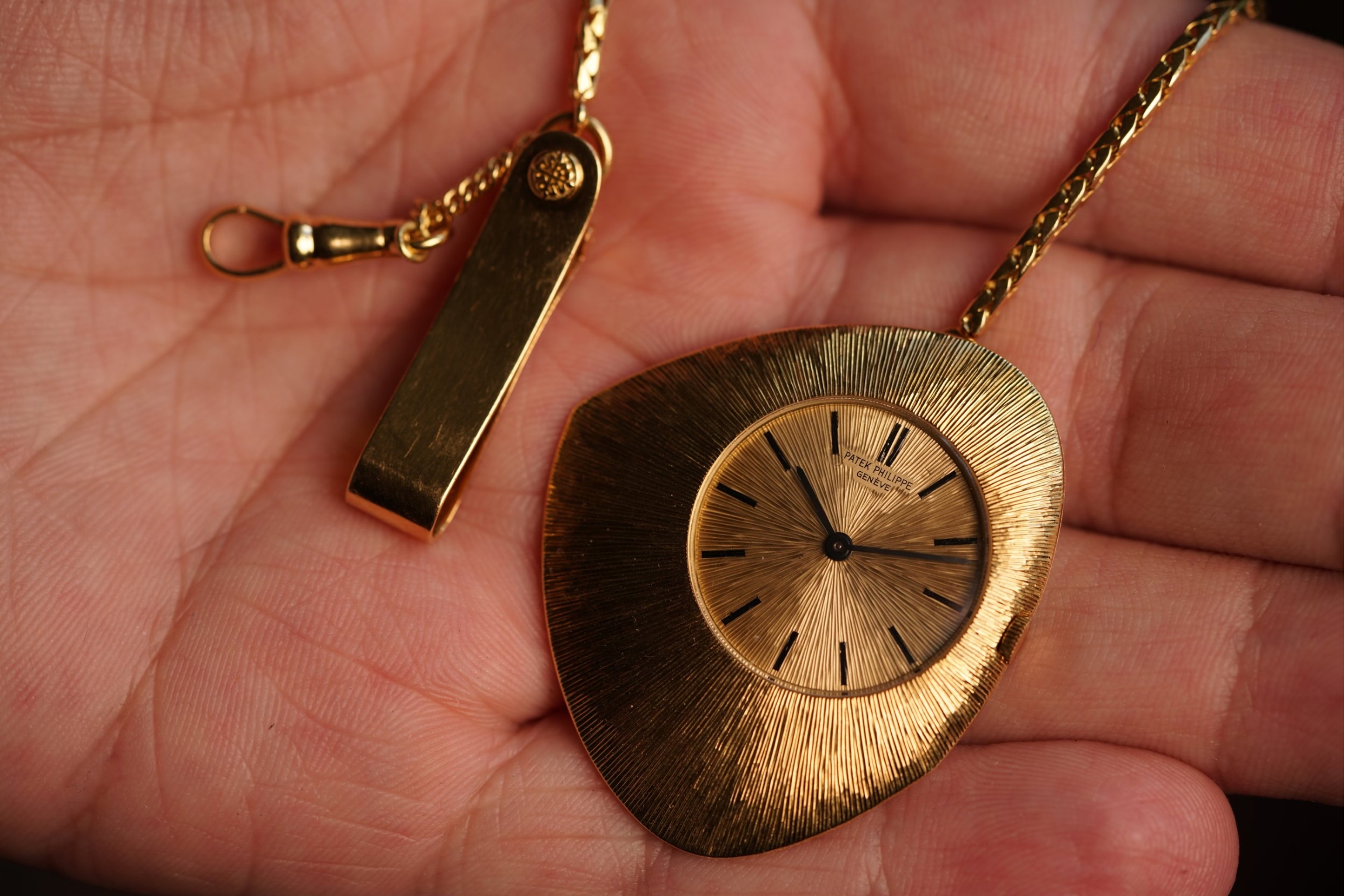
However, at this point in the renaissance of asymmetrical watches, even the challenges feel like an opportunity, perhaps leading to new developments or opportunities in the future. Certainly, one of the big names has been largely quiet in the contemporary scene at the moment: Gilbert Albert. Albert was a Swiss jewelry designer who worked with several watch brands — notably Patek Philippe and Omega. At 25 years old, Albert was a designer and workshop head at Patek Philippe in the mid-1950s and was responsible for creating some truly distinctive avant-garde designs which captured the swinging spirit of the times. However, Patek Philippe hasn't (yet) revisited these designs, but Roni Madhvani doesn't think it's entirely out of the question for the future.
“In the last three decades, Patek Philippe has indeed taken inspiration from their incredible past to release modern interpretations, for example, the Ref 3969 Jump hour or the Ref 3960 Officers watch (both from the 150th anniversary in 1989), as well as the modern interpretation of the 1950s Ref 2554 (the so-called Manta Ray), so the precedent exists. Whether the future holds a revisited Gilbert Albert design only Thierry Stern knows!”
In the last few years watch collectors, and watchmakers have rediscovered a rich vein of creativity and history through shaped and asymmetrical watches, one that has been largely overlooked. The potential in design-driven watches has huge, and, driven by a combination of increasingly sophisticated consumers along with sports watch fatigue, there's a very real possibility that these oddly shaped timepieces are here to stay.
